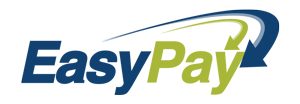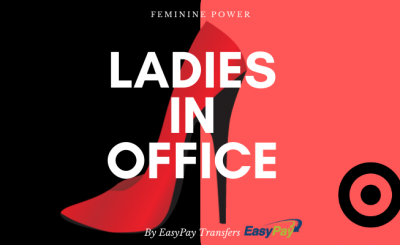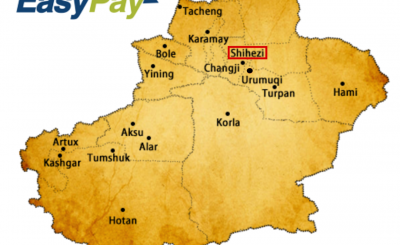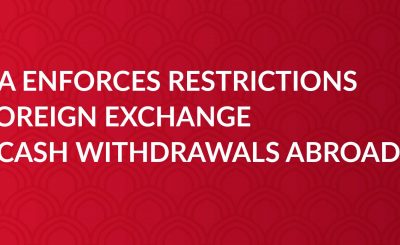You are a Malaysian based SME that purchases goods from China, so what are the available payment options open to you?
This article discusses the key payment methods that are available to you taking into consideration the costs, convenience, service levels and risk associated with each. Read on for more.
| 1. | EasyPayTransfers | Cost | One of the lowest in the market due to its ability to unbundle and disrupt the international payments value chain. |
| Convenience | Easy on-boarding process. Web based and mobile (soon to be released) channels for convenient anywhere and anytime transaction processing. | ||
| Service Levels | Quick one day dispatch of funds in China. | ||
| Risk | Licensed by Bank Negara Malaysia. Full transparency and traceability of the status of transactions. No hidden costs. | ||
| 2. | International Credit or Debit Cards | Cost | High cost due to:
[a] the fees imposed by the card network, [b] poor exchange rates. |
| Convenience | Not all Chinese vendors/merchants accept card based trade payments. | ||
| Service Levels | Usually funds are cleared T+3 | ||
| Risk | Exposed to card fraud and charge backs. | ||
| 3. | Bank Telegraphic Transfers | Cost | High cost due to:
[a] bank’s high overheads, [b] costs associated with the SWIFT network |
| Convenience | TT forms have to be filled out. Most of the time transactions are performed over the counter at branches. | ||
| Service Levels | Usually funds are cleared T+3 provided there are no transaction exceptions encountered when the TT is processed by the SWIFT network. | ||
| Risk | Licensed by Bank Negara Malaysia. | ||
| 4. | Money Services Businesses | Cost | Low to medium cost. Some providers use international payment networks which might add to the overall cost. |
| Convenience | Mostly bricks and mortar (i.e branched based). Very retail focused and might not meet the specific business needs of SMEs. | ||
| Service Levels | Quick one day dispatch of funds in China. | ||
| Risk | Licensed by Bank Negara Malaysia. | ||
| 5. | Fintech Sand Box Money Transfer Players | Cost | Low cost. Big reliance on technology to deliver automation cost savings. |
| Convenience | Key focus on usability of their technology based offerings. | ||
| Service Levels | T+3 as some of these Fintech players rely on the traditional banking products to implement their service. | ||
| Risk | High level of experimentation may unearth vulnerabilities and circumvent risk management safe guards. Business model might not be sustainable or viable. | ||
| 6. | Aliay / WeChat Pay | Cost | Costs tied to that of credit or debit cards. |
| Convenience | Malaysian wallet is limited to purchases from limited e-commerce marketplaces (e.g. Lazada Malaysia) | ||
| Service Levels | Once the accumulated funds to-be-settled reaches or exceeds a threshold amount, the total amount to be transferred to a receiving bank account will take 1-3 working days depending on the intermediary and/or receiving banks | ||
| Risk | QR codes have security vulnerability and have been used by scammers in China. | ||
| 7. | Cash | Cost | Cost of foreign currency exchange from Ringgit to Renminbi still exists. |
| Convenience | Inconveniences associated with having to handle large bundles of cash. | ||
| Service Levels | Immediate settlement T+0 | ||
| Risk | Risks associated with having to transport and secure large bundles of cash. | ||
| 8. | Unlicensed Money Transfer Players | Cost | Lowest cost as unlicensed players under declare goods and use their tax gains to subsidise or defray the money transfer costs. |
| Convenience | Most unlicensed players bundle the money transfer function with the logistics function. This can be quite appealing and convenient for SMEs. | ||
| Service Levels | Immediate settlement T+0 | ||
| Risk | Unlicensed business. Usually involved in corrupt business practices to under declare goods. Target of law enforcement agencies. |




